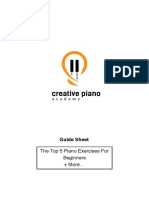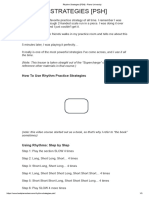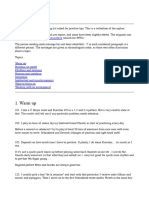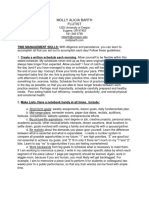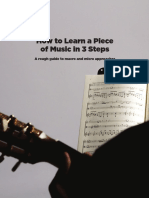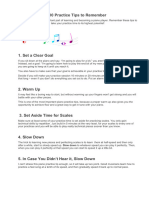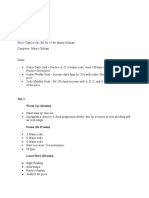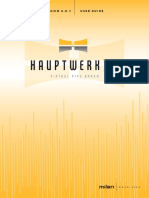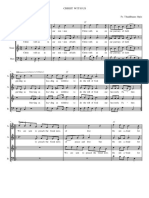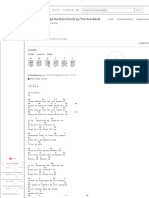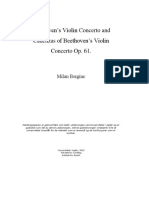0% found this document useful (0 votes)
60 views1 pageTriple C - Musical Learning Method
This document outlines the Triple C learning method, which consists of cycling, continuity, and changing tempo. Cycling involves repeating small segments for 2-5 minutes, playing through mistakes and fixing them on subsequent loops. Continuity adds a few notes from the next section to bridge segments together. Changing tempo varies the speed every few minutes to practice at different paces. The method recommends practicing hands separately first before combining hands together and applying these techniques to all musical elements.
Uploaded by
Doh-ManCopyright
© © All Rights Reserved
We take content rights seriously. If you suspect this is your content, claim it here.
Available Formats
Download as PDF, TXT or read online on Scribd
0% found this document useful (0 votes)
60 views1 pageTriple C - Musical Learning Method
This document outlines the Triple C learning method, which consists of cycling, continuity, and changing tempo. Cycling involves repeating small segments for 2-5 minutes, playing through mistakes and fixing them on subsequent loops. Continuity adds a few notes from the next section to bridge segments together. Changing tempo varies the speed every few minutes to practice at different paces. The method recommends practicing hands separately first before combining hands together and applying these techniques to all musical elements.
Uploaded by
Doh-ManCopyright
© © All Rights Reserved
We take content rights seriously. If you suspect this is your content, claim it here.
Available Formats
Download as PDF, TXT or read online on Scribd
/ 1












